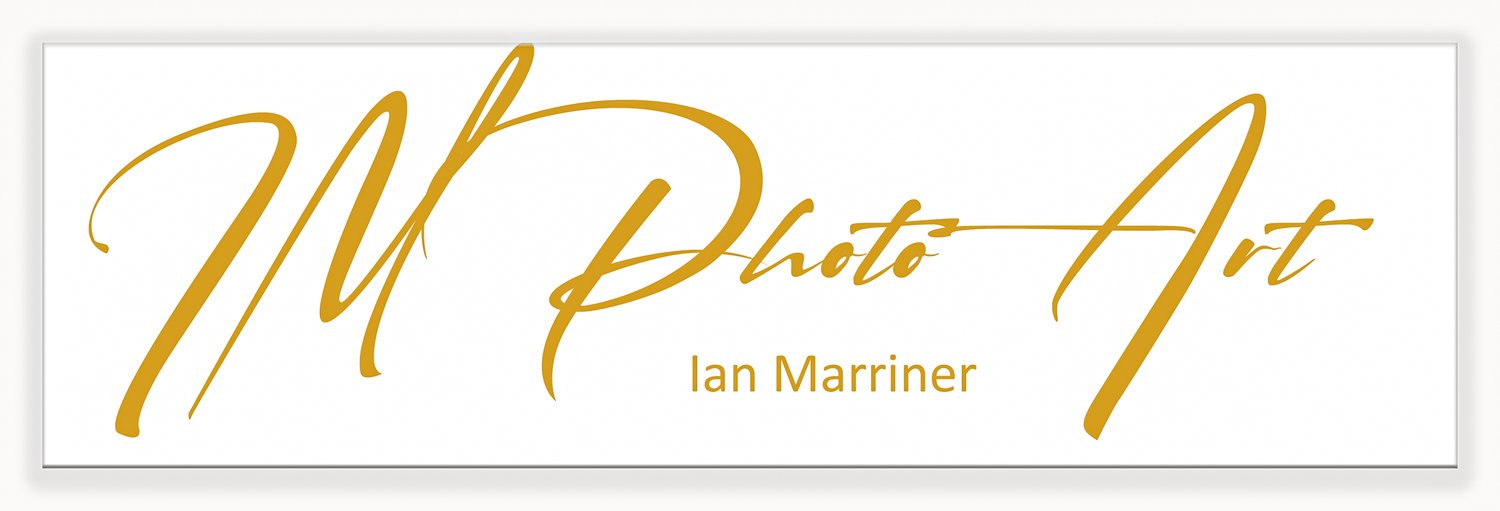<<< —-Back
HOW TO HANDLE and CARE FOR YOUR ARTWORK
Fine Art Giclée prints on archival rag papers can be quite vulnerable to damage, even from relatively subtle contact, so they need to be handled carefully.
The following are simple instructions for making sure that your investment in a quality print isn't wasted!
Unframed artwork should be handled as little as possible.
Fine Art Paper is designed to last a long time, but it is also delicate, and care needs to be taken when handling. Fine Art Paper is used in the worlds finest museums because if treated properly will last over 100 years. It also looks gorgeous, gives true colours and won’t turn yellow after a few years like standard paper - that’s because it is acid-free. Here are some tips on how you and your family can enjoy your prints now and for generations to come.
How to Unpack and Flatten Your Fine Art Prints? Tips!!
Your final cotton-rag prints are delicate artworks that need to be handled appropriately. The paper is much heavier and thicker and when unrolled from the packaging they need some special handling.
1. Minimise how much you need to handle your artwork prior to framing.
2. It is necessary to unroll the print once it is removed from the tube. Before you start unrolling, stop, and make sure your hands and the surface(flat and smooth) area you’re working on are dry and clean.
3. Preferably wear clean cotton gloves as any grit or dirt on your fingertips can bruise the Print, plus any oils on your skin can leave unwanted marks.
4. When handling your artwork, only touch the edges – keep your fingers away from the main part of the image, preferably wearing clean cotton gloves.
5. When packaging our lab uses smaller scraps of photo paper to wrap your Prints, so there’s no fear of tearing the print when you undo the tape. You’re free to tear – or even cut open – that tape and start unrolling. Dispose of any sticky tape immediately once removed.
6. It should be laid out flat with the image side up and a clean smooth surface. Placing it flat with the sheet of archival polypropylene plastic still covering the image, then, add smooth, heavy objects (such as books) on the ends and the middle of the print. Leave 24 hours and check, longer if required.
7. You may choose to leave this flattening for your chosen professional framer.
HOW TO CARE FOR FINE ART PRINTS
Fine art prints are delicate so avoid touching the print surface with bare hands as the moisture and oils from your skin can affect print quality. To avoid damage hold prints by the edge or wear cotton gloves while holding them.
Ideally, take your print straight to a framer, do not take it out of the protective tube.
If you're handling or framing the print yourself, please wear white cotton gloves which are lint-free and designed for handling art.
Where artwork must be handled without gloves, please wash your hands and dry thoroughly prior to touching. Natural skin oils and moisturisers can easily damage the print. If it is possible for you, do not touch your print without gloves.
Do not touch the printed image with your skin, only the white edges.
Please use two hands to support your artwork, be very careful not to allow the print to bend as creases are permanent. We recommend you ask for help from another person.
Be careful not to scuff or scratch the image side of the artwork. Never attempt to rub the surface of the image with your finger or fingernail as this could easily scratch the surface of the print.
When you remove the artwork from a mailing tube, please allow time for it to flatten under its own weight before framing.
When displaying prints in frames, mount them under glass to minimise exposure to humidity, smoke and atmospheric contaminants. UV glass is the premium option to maximise protection from UV rays, whilst improving the look of your artwork.
When framing, leave a gap between the glass and the print.
Do not display framed fine art paper prints outdoors.
Framed or unframed, avoid placing prints in direct sunlight as UV light can cause the colours to fade over time, they are not designed for outdoors
CLEANING
Never use cleaning products or water as this may permanently damage your artwork
Be very careful with dusting, do not rub the print, even a soft rag can result in damaging the surface.
Do not blow on your print as you may inadvertently deposit water droplets that can mark your artwork. Avoid using canned pressurised air.
<<< —-Back
